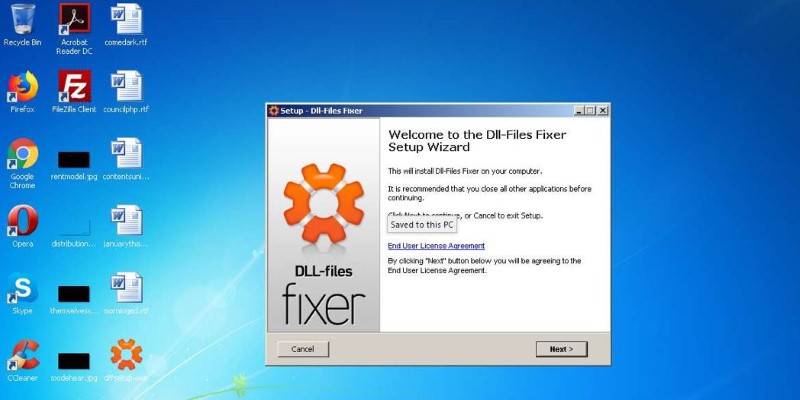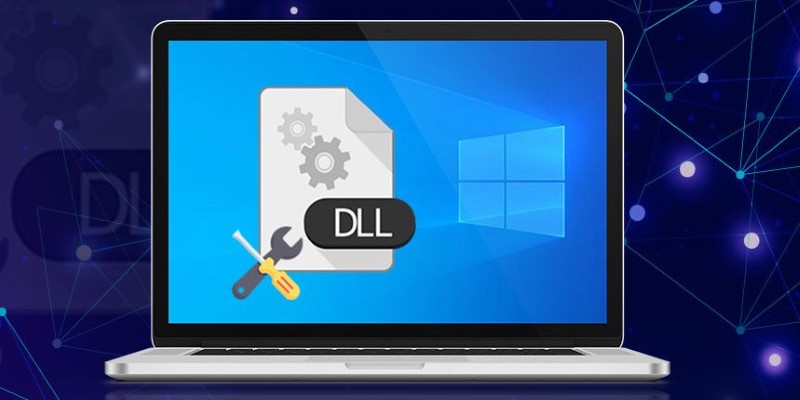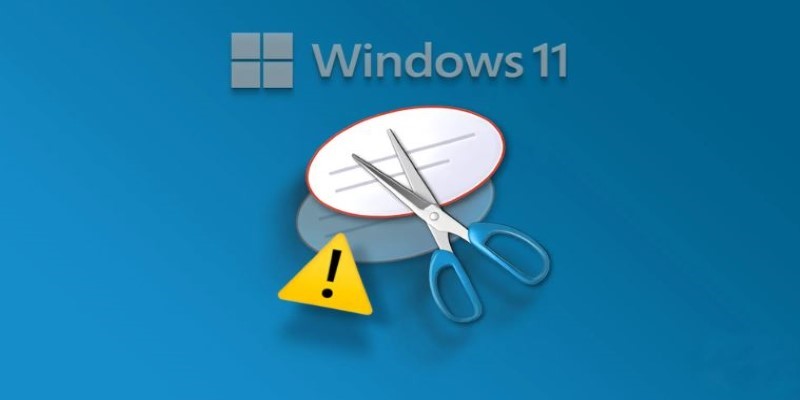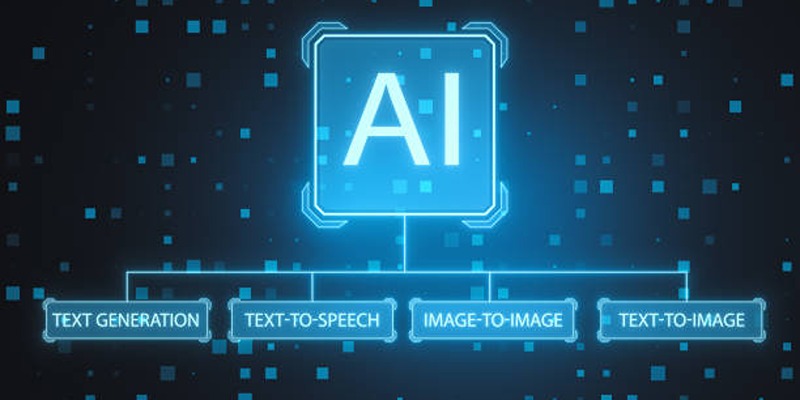How to Repair DLL Errors on Windows 10 for Free: 5 Tools
LL errors can be frustrating. You're working on something important, and suddenly, an error message pops up, complaining about a missing or corrupted DLL file. If you've used Windows for a while, you’ve probably run into this issue at least once. DLL (Dynamic Link Library) files are essential for running applications, and when they go missing or get damaged, programs refuse to work. Reinstalling the software might help, but sometimes, you need a dedicated tool to fix the problem.
Fortunately, there are also free DLL repair tools that can scan, detect, and correct these problems. They replace missing DLL files, restore corrupted ones, and keep your system in tip-top shape. If you're fed up with those frustrating DLL error messages, these tools can be your savior.
Top 5 Free DLL Repair Tools for Windows 10
Below, we'll explain 5 sure-fire free DLL repair software for Windows 10 and how you can use them to restore system functionality.
DLL-Files Fixer
DLL-Files Fixer is the most popular utility for fixing DLL-related errors. The program automatically scans for missing or damaged DLL files and substitutes them with functioning versions. One of its best features is its built-in library of thousands of DLL files, which simplifies finding and installing the right file without going online.

The software is easy to use: once installed, you simply type in the name of the missing DLL file, and DLL-Files Fixer will give you a safe download. This removes the threat of downloading dangerous or incompatible DLL files from unsafe sites. It also includes a registry optimization function, which can clear out old entries that might be responsible for causing software instability.
Although DLL-Files Fixer does have a free version, this is limited in some ways. You can repair a limited quantity of DLL problems before you need to move to the premium version. For one problem only, though, the free one is more than sufficient.
Restoro
Restoro is not just a DLL repair tool—it’s a complete PC repair solution. If you're experiencing multiple system problems, including crashes, missing files, and DLL errors, Restoro can diagnose and fix them automatically. It works by scanning the system for corrupted or missing DLL files and replacing them with fresh versions from its database.
What makes Restoro unique is that it also repairs other system issues. If malware has damaged system files, Restoro can replace them with clean versions, helping to prevent further instability. It also optimizes your PC’s performance by removing unnecessary files and fixing registry errors.
The free version of Restoro allows you to scan for problems, but fixing them requires a paid upgrade. However, even with just the free scan, you can identify the cause of DLL errors and determine if the tool is worth using.
CCleaner
CCleaner is a well-known utility for optimizing system performance, but many users don’t realize that it can also help fix DLL errors in Windows 10. Instead of downloading missing DLL files, CCleaner works by cleaning the Windows registry, which often holds incorrect or outdated references to DLL files.
When programs are installed and removed, they sometimes leave behind broken registry entries, which can cause DLL errors. CCleaner’s registry cleaner scans for these errors and removes or repairs them, reducing the chances of DLL-related issues occurring.
While CCleaner doesn’t directly replace missing DLL files, it’s an excellent tool for preventing and fixing registry-related DLL errors. The free version includes all the necessary registry cleaning functions, making it a great option for Windows 10 users.
Smart DLL Missing Fixer
Smart DLL Missing Fixer is designed specifically to detect and repair missing DLL files. Unlike some other tools, which focus on system optimization as a whole, this software is dedicated to fixing DLL errors and ensuring that your system remains stable.

It works by scanning your computer for missing or corrupted DLL files and then downloading and installing the correct versions. If you’ve recently removed a program and are now facing DLL errors, Smart DLL Missing Fixer can help restore the missing components without reinstalling the entire software package.
Another useful feature of this tool is its built-in system backup. Before making any changes, Smart DLL Missing Fixer creates a backup of your system, allowing you to restore previous settings if something goes wrong. The free version provides basic DLL repairs, while the premium version includes more advanced features.
Windows System File Checker (SFC Tool)
The Windows System File Checker (SFC) tool is a built-in utility in Windows that helps users repair corrupted or missing system files, including DLL files. This tool is especially useful when your computer is experiencing stability issues, crashes, or error messages related to missing or damaged files.
To use the SFC tool, simply open the Command Prompt with administrative privileges and type the command: sfc /scannow. The tool will scan your system for corrupted files, attempt to repair them, and replace them with the correct versions from a local cache or Windows Update.
If the SFC tool can't resolve the issue, you can run the DISM (Deployment Image Servicing and Management) tool for more in-depth repairs. The SFC tool is effective, safe, and free to use, making it one of the first solutions to try when dealing with system file corruption in Windows 10.
Conclusion
DLL errors in Windows 10 can disrupt your workflow, but they are fixable with the right tools. Free options like DLL-Files Fixer, Restoro, CCleaner, Smart DLL Missing Fixer, and the built-in SFC tool offer effective ways to restore missing or corrupted DLL files. Depending on your needs, whether you require a quick fix or a complete system repair, these tools can help maintain system stability and performance. Regular maintenance and using these tools can prevent DLL errors, ensuring a smoother and more reliable computing experience in the long run.
Related Articles

How to Fix Snipping Tool Not Working on Windows 11 – 8 Proven Methods

Top 7 Best AI Image Pixel Resizers for Perfect Image Quality

Portrait to Landscape: How to Rotate Your Screen on Any Device
Unlocking HDR Magic: How to Get a Free Copy of Photomatix Essentials

Struggling with Video Formats? Try These 5 Free Converters
Get Started with Free PSD Templates: A Designer’s Guide

No Account? No Problem! 10 Sites to Watch Free Movies Instantly

Convert iPhone Photos to JPEG: Quick and Easy Methods
Transform Your Photos with Free Aiarty Image Enhancer Software

 judgeinfo
judgeinfo